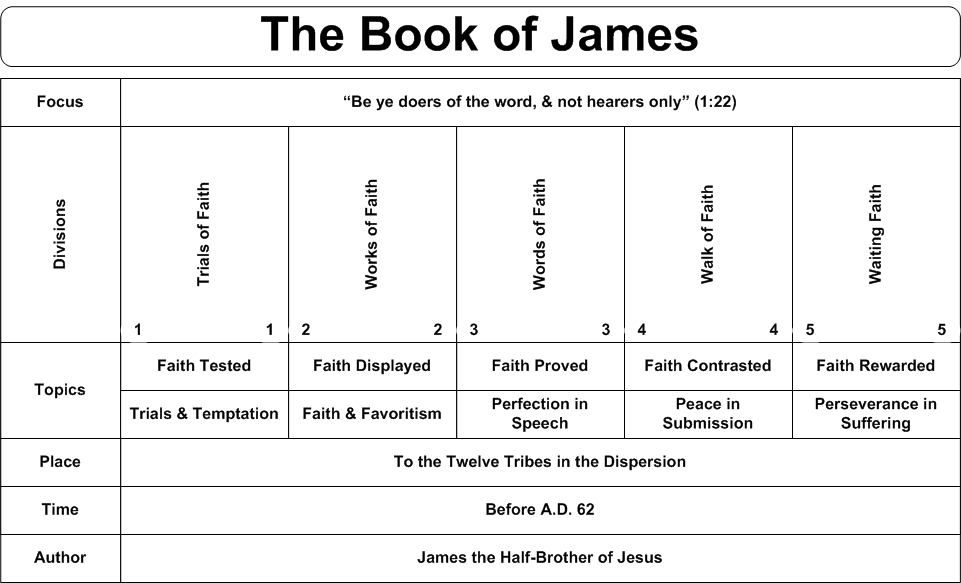
The Synoptics, however, have Jesus visit Jerusalem only once.

The Jesus of John’s telling also knew Jerusalem well and had traveled there three or four times. According to the Synoptics, it lasted only about a year, while John has Jesus ministering between two and three years. One of the facts in dispute among the four Gospels is the length of Jesus’ ministry.
Bonecraft activation serial number plus#
There is also the possibility that the author of John did not know of Mark and hence did not have the same information.īecome a Member of Biblical Archaeology Society Now and Get More Than Half Off the Regular Price of the All-Access Pass! Explore the world’s most intriguing Biblical scholarshipĭig into more than 9,000 articles in the Biblical Archaeology Society’s vast library plus much more with an All-Access pass. This would mean that the person who wrote the Gospel of John would not have been a contemporary of Jesus, and therefore would not have been an eyewitness as the author claims. Another holds that John was written last, by someone who knew about the other three Gospels, but who wished to write a spiritual gospel instead of an historical one. One hypothesis claims that John recorded many of the events that occurred before the arrest of John the Baptist, while the Synoptics all have Jesus’ ministry beginning only after the arrest. Several hypotheses have attempted to explain why so much of Jesus’ life not portrayed in the Synoptics is present in John and vice versa. John, however, does not include the same incidents or chronology found in the other three Gospels, and the fact that it is so different has spurred a debate over whether John’s Gospel is historical or not, something that has been noted in Gospel of John commentary for hundreds-even thousands-of years. Matthew and Luke follow the version of events in Mark, which is thought by scholars to be the earliest and most historically accurate Gospel. Early Matthew, Mark and Luke are so alike in their telling that they are called the Synoptic Gospels, meaning “seen together”-the parallels are clear when they are looked at side by side. We do know that John is a gospel apart, however. We may never know for certain who wrote the Gospel of John, any more than we can know who wrote the books of Matthew, Mark and Luke. Thomas’s Gospel of John commentary of the 13th century is still highly regarded today by modern scholars. Augustine-a famous fourth century church father-contributed no fewer than 124 tractates in his Gospel of John commentary, while St. It is believed that Origen, an Alexandrian Christian scholar and theologian, wrote his Gospel of John commentary while in Alexandria at some point after 218 A.D.

Gospel of John commentary is easy to find-some of the most famous theologians in history have closely examined the text and underscored its importance from as early as the beginning of the third century. “Who wrote the Gospel of John?” is a question that remains unanswered, though noted theologians throughout the ages maintain that it was indeed the disciple John who penned the famous Biblical book. Yet only one-the Gospel of John-claims to be an eyewitness account, the testimony of the unnamed “disciple whom Jesus loved.” (“This is the disciple who is testifying to these things and wrote these things, and we know that his testimony is true” ).

The Gospels, the first four books of the New Testament, tell the story of the life of Jesus. Scholars writing Gospel of John commentary often grapple with the question: Who wrote the Gospel of John? Photo: Erich Lessing. The evangelist John rests one hand on his gospel book, in this 83-inch-tall marble sculpture carved by Donatello in about 1415 for a niche in the facade of the Cathedral of Florence.


 0 kommentar(er)
0 kommentar(er)
